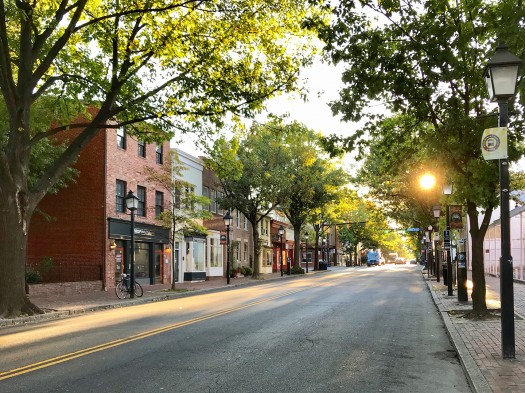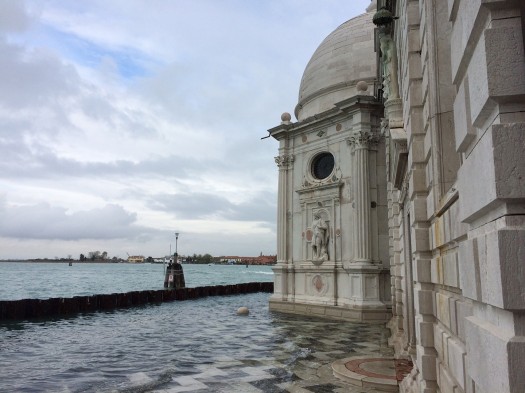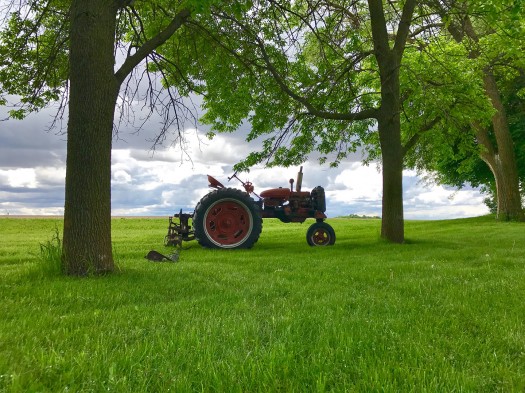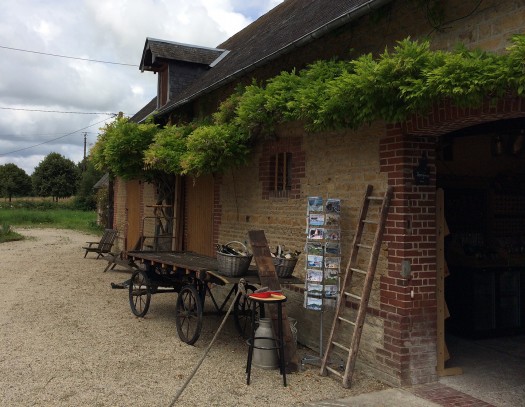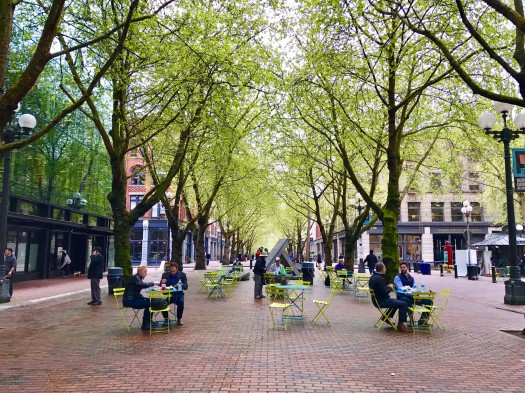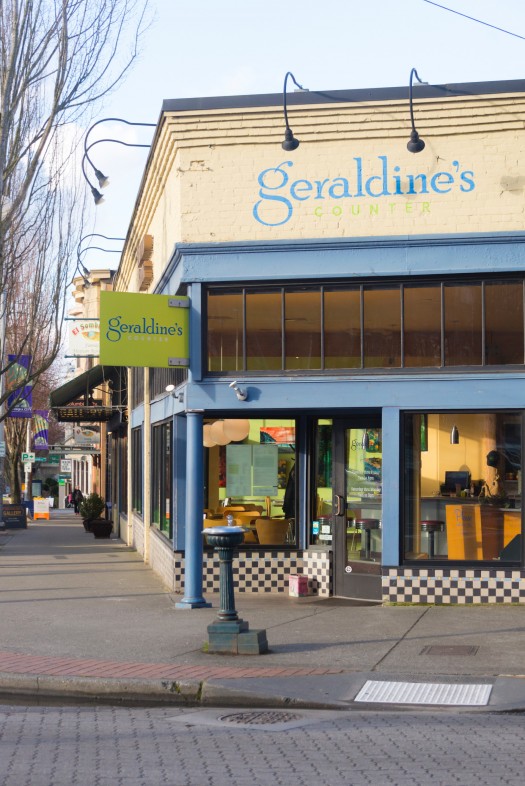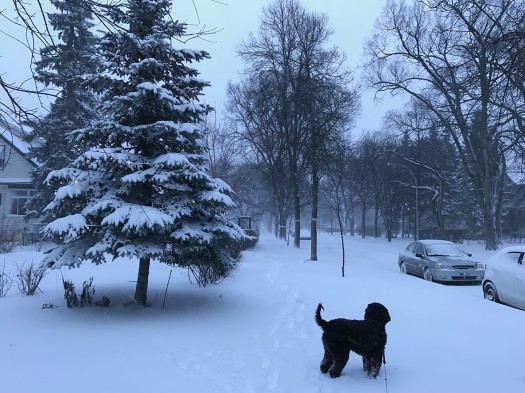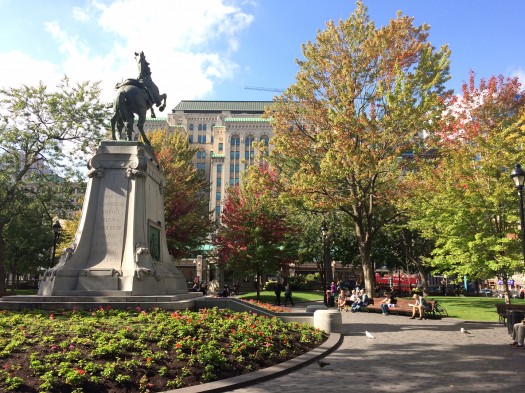Posts Tagged ‘Hazel Borys’
CNU Climate Summit Highlights
A group of concerned urban designers, architects, ecologists, and economists gathered last week in Alexandria, Virginia, to discuss resilience at the CNU Climate Summit. Unable to join, I reached a few participants by phone and followed the Twitter hashtag, #CNUClimate, to hear highlights of the presentations and working groups. Several of their ideas resonate with…
Read MoreHurricane Harvey provides a sober reminder that resilience is about mitigation and adaptation
Most of us faraway bystanders are observing Houston’s response to Hurricane Harvey with concern at the devastation as well as encouragement at the stories of compassion. With sympathy to the current human suffering from Harvey, we are wishing Houstonians continued strength, fortitude, and safe passage this week. No amount of comprehensive planning or zoning reform…
Read MoreLand Use: Preserving the rural landscape with agrarian urbanism
As the harvest starts to come in here in Manitoba and conversations with my farming friends point to a good yield, I’ve been thinking about how to preserve these lands. Rural communities are often the ones with the greatest constraints, especially when it comes to finances. Without federal support, holistic zoning reform in agrarian places…
Read MoreBeuvron-en-Auge: 15th century town planning stands the test of time
Every month or so, we add to our collection of lessons from livable places. These are the neighbourhoods where walking the streets and looking carefully at the urban forms provide insights into what makes for lovability over time. Today, I’d like to consider Beuvron-en-Auge, deemed one of the most beautiful villages in France by Les…
Read MoreCNU 25 Seattle: Highlights from the silver anniversary
Last week was the 25th annual Congress for the New Urbanism, where 1,400 city planners, architects, developers, economists, and mayors from around the world gathered to discuss the future of cities. Hosted in collaboration with the Urban Land Institute, comprised of an additional 6,000 developers and builders, the two events brought significant inspiration and insight…
Read MoreHello Seattle: Project for Code Reform
As most of us at PlaceMakers settle into Seattle for this week’s 25th Congress for the New Urbanism, we look forward to seeing many of you on the west coast. For those of you who can’t make this year’s congress, be sure to check in with the social media hashtag, #CNU25. We’ll bring you a…
Read MoreGoodbye Winter: Until next time, a few reminders on lovable winter cities
Last week, Super Man and Ghandi rolled into my neighbourhood. I know, it sounds like the opening line of a joke, but it isn’t. Henry Cavill and Ben Kingsley were in town for a film set in winter and the active core of my city, Winnipeg, is one of the best choices for lovable urbanism…
Read MoreCodes Study: Trends in zoning reform
About twelve years ago, I started the Codes Study to analyze cities, towns, and counties taking proactive steps toward zoning to encourage livable places. And by livable, I mean mixed-use, economically vibrant, convivial, walkable, bikeable, and transit-friendly. Many places are using form-based codes to encourage livability, in jurisdictions covering over 45 million people worldwide. Such…
Read MoreNature Cities: Wellness and public space
The idea of rewilding started out as a movement to conserve, restore, and reconnect natural areas, and has expanded to how we reintegrate ancient practices into our modern lives. From a flat-footed squat to full emersion in nature to structured programs like ReWild Portland, the idea of letting go of some of our domestication to…
Read MoreNature’s Healing Ways
The other day while walking my dog, I was trying to count the ways nature makes us healthier, as a means of distracting myself from the fact that the temperature was -40, with wind chill. That’s the point where Celsius and Fahrenheit converge. However, since this is my 9th winter in my beloved Winnipeg –…
Read More

